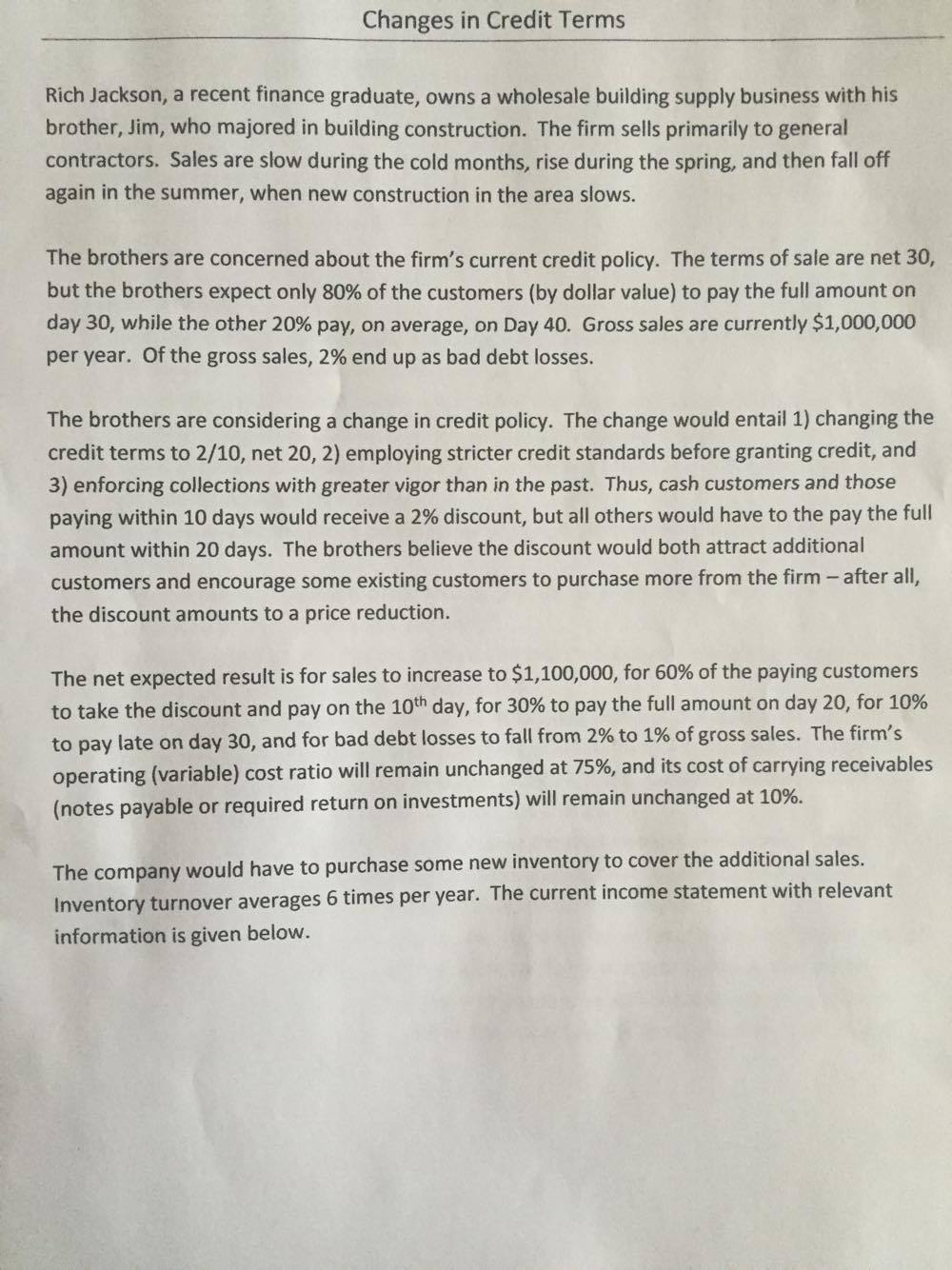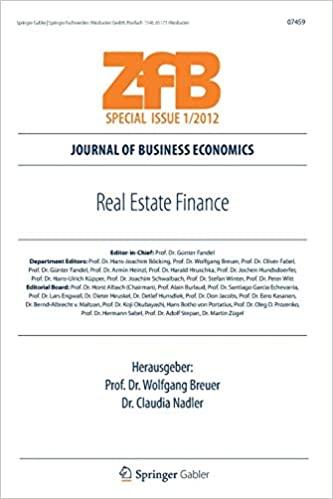Answered step by step
Verified Expert Solution
Question
1 Approved Answer
Can you please explain this process? I'm stuck on calculating the carrying costs of recievables and need help with calculating the incremental after tax cost

 Can you please explain this process? I'm stuck on calculating the carrying costs of recievables and need help with calculating the incremental after tax cost associated the change in credit terms. I don't really need help with all of the conceptual questions.
Can you please explain this process? I'm stuck on calculating the carrying costs of recievables and need help with calculating the incremental after tax cost associated the change in credit terms. I don't really need help with all of the conceptual questions.
Step by Step Solution
There are 3 Steps involved in it
Step: 1

Get Instant Access to Expert-Tailored Solutions
See step-by-step solutions with expert insights and AI powered tools for academic success
Step: 2

Step: 3

Ace Your Homework with AI
Get the answers you need in no time with our AI-driven, step-by-step assistance
Get Started


